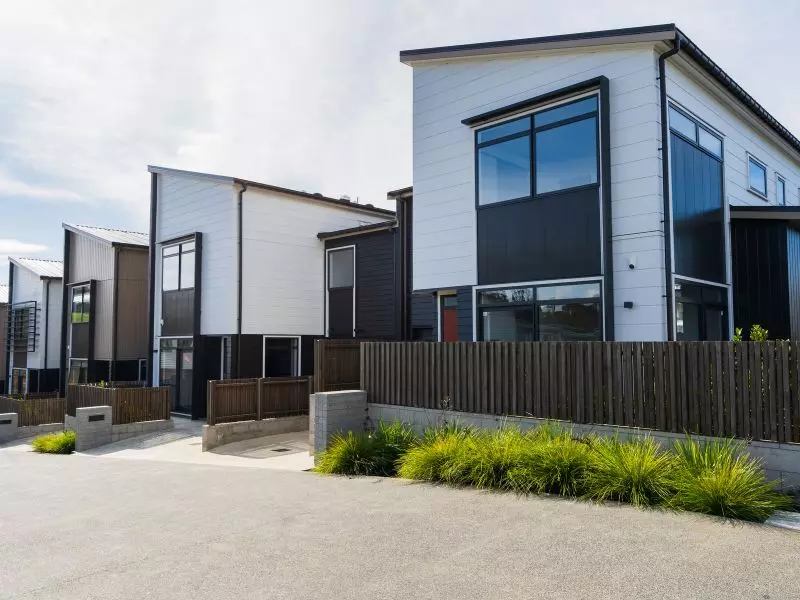
But real estate drone photography isn't just about soaring high and capturing a property from the sky. The key to achieving optimal results lies in harnessing light effectively. This post shares practical tips to exploit light and deliver stellar real estate imagery.
Timing is Essential: Utilizing Golden Hours
The time of day when you operate your drone for property shots significantly affects the final outcome. "Golden Hours"—the short windows of time just after sunrise and before sunset—offer the most flattering light. This soft, diffused light bathes the property in a warm glow, reducing harsh shadows and enhancing the overall appeal of the photograph.
Weather Matters: Capitalizing on Overcast Conditions
While bright, sunny days may seem ideal for photography, overcast conditions can provide a unique advantage. Cloud cover acts as a natural diffuser, scattering sunlight to create an even light that minimizes harsh shadows and brings out the colors and details in a property.
Manipulating Shadows: Showcasing Depth and Dimension
Using shadows can add depth and dimension to your photographs, highlighting the property's architectural nuances. Consider shooting when the sun is at an angle—either in the morning or late afternoon—to produce longer shadows that accentuate the building's structure and landscaping details.
Incorporating HDR Techniques: Balancing Light and Dark Areas
High Dynamic Range (HDR) techniques can be invaluable in real estate drone photography. HDR involves taking multiple photos at different exposure levels and blending them. This technique helps balance an image's light and dark areas, ensuring that all details are visible and appealing.
Harnessing Artificial Lighting: Enlightening Night-time Photography
For twilight or night-time shots, drones equipped with artificial lighting can create striking images. Consider investing in drone-mounted lights or using ground-based lights to illuminate the property against the dark backdrop of the night sky.
Post-Processing: Polishing Your Images
Post-processing is an essential part of professional photography. Adjusting brightness, contrast, saturation, and white balance in post-production can significantly enhance the final image.
Conclusion
The art of drone photography in real estate is a delicate balance of technical mastery and artistic vision. By strategically leveraging light, you can capture the unique charm of each property, making it irresistible to prospective buyers. Remember, every property has its own story—the trick lies in using the proper lighting to tell it well.

